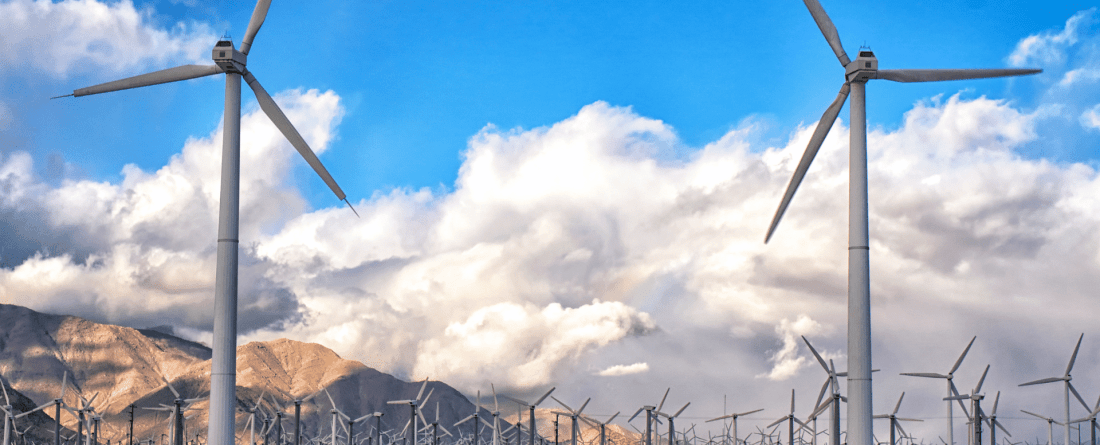
How can Indonesia successfully navigate its coal power transition?
New analysis outlines a high-ambition pathway for Indonesia's coal power transition covering both on-grid and captive coal power plants, aiming for near-zero emissions by 2050.
Meet the CGS Experts!
Maria A. Borrero, Post-Masters Research Associate
Ryna Cui, Research Director
Claire Squire, Post-Masters Research Associate
Jiehong Lou, Assistant Research Professor
Camryn Dahl, Program Manager
Nate Hultman, Director
Molly Schreier, Research Associate
Press Release: Learn more from the experts!
Download the technical appendix!
M.A. Borrero, R. Cui, C. Squire, J. Lou, A. Bagaskara, D. Arinaldo, R. Wiranegara, C. Dahl, M. Schreier, F. Tumiwa, N. Hultman (June 2024). “1.5°C-aligned coal power transition pathways in Indonesia: Additional strategies beyond the Comprehensive Investment and Policy Plan (CIPP).” Center for Global Sustainability, University of Maryland, College Park, USA; Institute for Essential Services Reform, Jakarta, Indonesia.
- Under the 1.5°C aligned transition pathway that covers both on-grid and captive coal power plants, Indonesia’s power emissions peak at 382 MTCO₂ by 2025, followed by a decrease of 13% by 2030, 50% by 2040, and close to zero by 2050.
- Under this pathway, emissions from captive coal power plants grow substantially – more than double – between 2020 and 2025 due to projects already under construction, accounting for 30% of total coal power emissions in 2025. As a result, on-grid plants deliver more emissions reductions to offset growing captive coal emissions in the near term and contribute to 68% of the cumulative emissions reduction through 2050.
- Transition pathway and strategies for captive coal plants:
- By canceling the 2.6 GW of projects at pre-construction stages, emissions from captive coal plants peak at 106 MtCO₂ in 2025 and achieve limited reductions (2% from peaking) by 2030.
- In the near term, emissions reductions are mainly achieved by adopting biomass co-firing in eligible plants and by substituting coal capacity with onsite renewable energy (solar), where grid connection in Sulawesi becomes critical to reduce emissions after 2040.
- Between 2025 and 2050, the adoption of biomass co-firing at 80 eligible units (13 GW) contributes to approximately half of cumulative emissions reductions, onsite solar substitution at 16 units (2.5 GW) contributes to 26% of total emissions reductions, and grid connection of 34 units (4.8 GW) contributes to 23% of total reductions.
- Transition pathway and strategies for on-grid coal plants:
- Emissions from on-grid coal plants peak at 276 MtCO₂ in 2025 and achieve a 17% emissions reduction by 2030, following roughly a linear pathway to zero emissions by 2050.
- In the near term, emissions reductions are mainly achieved by lowering plant utilization and adopting biomass co-firing at eligible plants; where early retirement (before 30 years) becomes increasingly important post-2035.
- Between 2025-2050, early retirement contributes to nearly half (51%) of cumulative emissions reductions, gradually lowering the utilization of 53 units (8 GW) contributes to 38% of the total reductions, and the adoption of biomass co-firing at 103 units (5 GW) and 374 MW stroker plants contributes to 10% of the total reductions.
- Under a 1.5°C-aligned scenario, Indonesia’s power system undergoes significant transformation. The integration of increasing intermittent renewable energy sources requires deployment of new storage technologies, expanded and improved grid infrastructure, and stable and flexible operation. During the transition to the new system, coal plants shift the role from baseload generation to dispatch service with more flexible, reduced utilization, especially during dry seasons. The generation cost of the power system is expected to decrease by 21% by 2030 and by 75% by 2050.
Indonesia, a major coal producer, aims to shift towards renewables in line with global climate goals. To speed up this transition, financial mechanisms like the Energy Transition Mechanism (ETM) by the ADB and the Just Energy Transition Partnership (JETP) supported by the U.S., Japan, and other G7 countries have been established. In November 2023, Indonesia released its first Comprehensive Investment and Policy Plan (CIPP) for reducing power sector emissions and boosting renewables. However, the plan lacks crucial elements for a successful coal power transition.
A new analysis by the Center for Global Sustainability (CGS) at the University of Maryland and the Institute for Essential Services Reform (IESR) has produced the first detailed transition pathway assessment covering both on-grid and captive coal power plants in Indonesia. The report outlines a comprehensive, high-ambition 1.5°C-compatible pathway for Indonesia’s coal power transition, detailing strategies to achieve peak power emissions at 382 MTCO₂ by 2025 and near-zero emissions by 2050.
